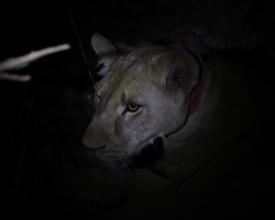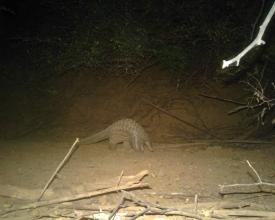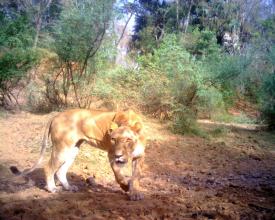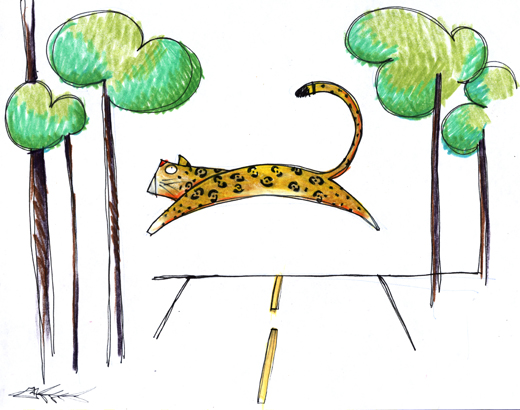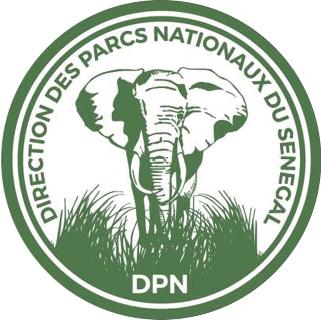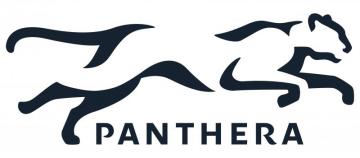
Build the capacity for comprehensive survey and monitoring of key wildlife species and habitat features in the Niokolo-Koba Nati
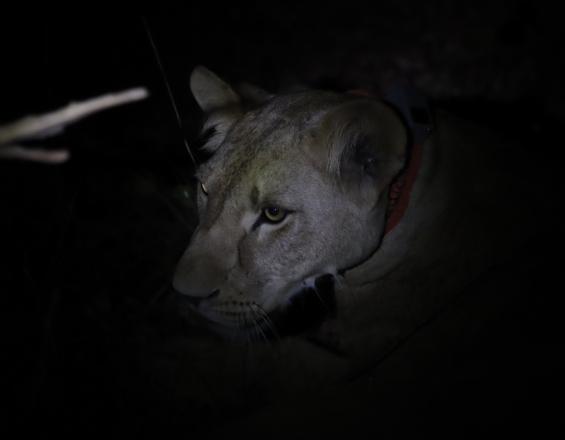
Niokolo-Koba National Park (NKNP) harbours relict populations of highly threatened mammal species, some of which have otherwise become regionally extinct in West Africa. In 2007, it was added to the UNESCO List of Endangered World Heritage Sites due to drastic wildlife declines and localized habitat degradation. PA of similar global and/or regional importance generally have comprehensive monitoring programs nested within adaptive PA management frameworks, which keep track of the status and trends of key PA assets. All such mechanisms were lacking in NKNP before this project, and the park authority the Direction des Parcs Nationaux (DPN) depended on outside assistance to produce relevant updates on the status of key wildlife species and habitats. The proposed project aimed to strengthen the DPN’s ability to effectively (and eventually autonomously) address habitat and wildlife monitoring needs in the park, a key corrective measure proposed by the IUCN to remove the park from the UNESCO List of Endangered World Heritage Sites
Impacts
The project provided the DPN with the tools and the capacity for an appropriate, comprehensive, standardized and easily replicable park monitoring system, targeting all key wildlife species and habitat features. The information generated was used to assess the impact of conservation interventions (i.e. anti-poaching, removal of invasive plant species) on wildlife populations and habitats. The increased protection offered to the park lead to a recovery of wildlife and to the restoration of some key habitats. This information critically contributed the removal, after 17 years, of NKNP from the List of World Heritage in Danger. Representing an outstanding achievement secured against many odds, Niokolo-Koba’s endangered delisting rightly recognizes Senegal’s extraordinary commitment to safeguarding its wildlife and natural habitats that will benefit generations of Senegalese citizens and regional as well as global conservation initiatives today and long into the future.
